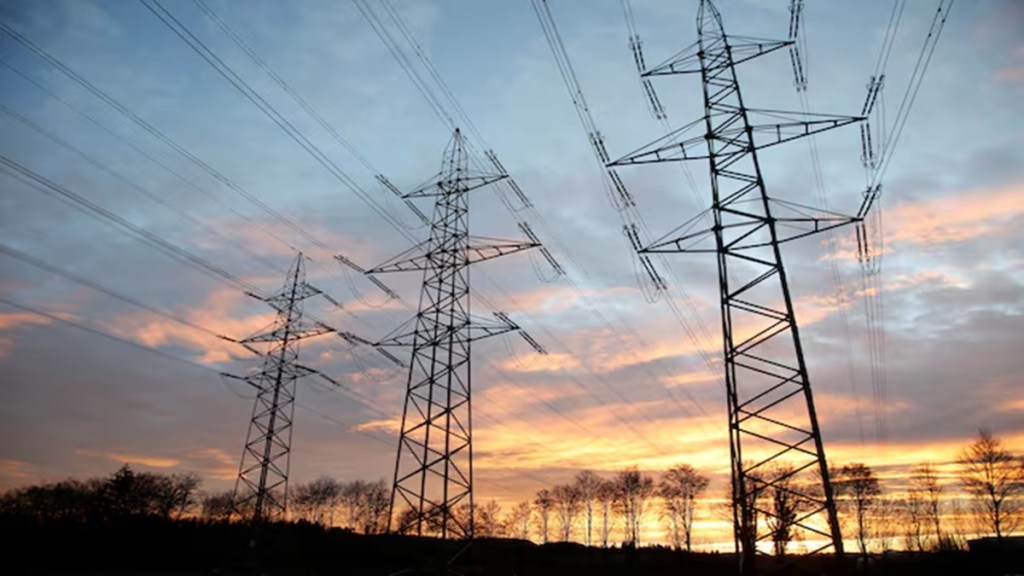By Somit Dasgupta, The writer is senior visiting fellow, ICRIER
When it comes to renewable energy generating capacity, we always pat ourselves on the back saying that leaving aside large hydropower, we have grown from 1,600 megawatt (Mw) (2002) to 165,000 Mw (2025). This, of course, is partly true as the compound annual growth rate for renewable capacity works out to about 22%. However, what we must remember is that we have grown from a very small base and hence, the growth rate looks impressive. What is more important is whether we have done enough considering that we plan to go net-zero by 2070.
To realise this goal, we need to be more aggressive since the power sector accounts for about 40% of the greenhouse gas (GHG) emissions. Thus, our main focus for decarbonisation has to be on the power sector — incidentally, this is also termed as a low-hanging fruit.Let us just look at the figures for solar power, which has the highest share among renewable capacity. Using a cost-optimisation model, the Central Electricity Authority (CEA) has estimated that to meet our electricity demand in 2029-30, we need to have about 292 gigawatt (Gw) of solar installed capacity.
The cost optimisation exercise is done on the basis of the projected cost of generation in 2030 from all sources such as coal, nuclear, hydro, etc. The projected cost of storage batteries has also been taken into consideration. Today, our solar capacity is about 102 Gw, which means that we need to add about 40 Gw every year from now till 2030 to reach the targeted capacity. What we have achieved over the last 10 years is only an average of about 9 Gw annually. In the meantime, our electricity demand is increasing at about 7% annually, and the CEA forecasts that our peak demand this year will touch 270 Gw. Incidentally, it was 250 Gw last year. Given the pace of our renewable capacity growth, we have no option but to give a thrust to our coal-based generation, and, to that end, we have directed the coal generators to import coal and ensure full capacity generation.
Not only that, we have postponed retirement of coal-based units beyond the power purchase agreement of 25 years.The fact that we are not doing well, as expected, on the renewable front is rarely highlighted. We shout from the rooftops that India has the fifth largest solar capacity in the world. What we forget to mention is that between the first (China) and the fifth (India), there is a gap of more than 500 Gw (2023). While we have added about 9 Gw of solar capacity annually, the corresponding figure for China is about 70 Gw.
We also take pride in announcing that bids for renewable capacity have shot up in the last two years, that is in 2023 and 2024. The reason for this is simple. In 2023, the government decided that at least 50 Gw of renewable capacity would be bid every year until 2028. This, of course, was done to make sure the numbers add up and that we have 500 Gw of renewable capacity by 2030. In the last two years, this race for meeting targets led to bids being issued which were half-baked and devoid of any due diligence. The results were obvious as there were several cancellations.
Adding to this discomfiture is the fact that about 40 Gw of solar projects are lying stranded because there seems to be no takers and power purchase agreements are held up because the distribution companies seem disinterested.
The short point being made is, why do we behave like an ostrich and fail to see the writing on the wall? The fact is that as far as renewable generation is concerned, we have a problem. We are, of course, making it worse by following policies which are inimical to the growth of renewable capacity. The list is long, but I will just name two — imposition of basic customs duty, and invocation of the approved list of models and manufacturers.
Having said that, we also need to look at the other side of the coin. Why should India burn the midnight oil to reach net-zero by 2070 since the ill-effects of climate change can only be averted if the world community together works toward it? One must realise that climate effects do not recognise international borders and therefore, only a collective effort can save the earth.
If the world’s largest cumulative emitter, meaning the US, can simply walk out of the Paris agreement without batting an eyelid, why should anyone else take the pain to decarbonise? If the developed nations are stubborn enough not to provide any transfer of resources to battle climate change, whom do the developing world, especially the small island states, look to for assistance? If the United Nations Framework Convention on Climate Change (UNFCCC), which ironically was created to fight climate change, openly joins hands with the developed world when it comes to the transfer of resources, then what can be more shameful? The reference is to how the UNFCCC rejoiced at the conclusion of COP29 when the transfer of resources was limited to just $300 billion a year as against a requirement of probably $5 trillion.
Thus, each country will now have to chart its course depending upon its own compulsions, both domestic and international. As far as India is concerned, from being a key player in climate change negotiations, one can sense a dip in the enthusiasm which could be related to the stand taken by the developed world. The latest Economic Survey stated that economic development comes first, which in a way hinted that, if need be, coal-based generation would be ramped up. Whatever be the course of action decided by policymakers, let us not behave like ostriches and sweep uncomfortable questions under the carpet. Instead, let us free ourselves from policies which are inhibiting renewable growth.

